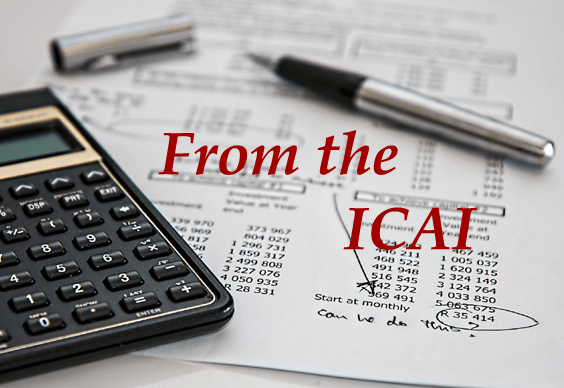Unified Pension Scheme explained: Key features, FAQs, and what's new
New Delhi, May 13, 2025
The new Unified Pension Scheme combines guaranteed benefits with NPS flexibility. Know its key features, FAQs, and what's changing for central govt employees starting January 2004
In a landmark reform, the Centre has notified the Unified Pension Scheme (UPS) for central government employees appointed on or after January 1, 2004, blending the market-linked National Pension System (NPS) with assured pension benefits.
According to the Ministry of Finance notification, the new scheme, formally titled the Central Government Unified Pension System Rules, 2023, is aimed at strengthening retirement security while maintaining fiscal discipline.
Who is Covered?
According to the notification issued by the Department of Economic Affairs, the UPS applies to:
· All central government employees (except armed forces) who joined service on or after January 1, 2004.
· Employees already under the NPS will be transitioned into the UPS automatically.
· The old pension scheme continues to apply to those appointed before January 1, 2004.
Key Features of the Unified Pension Scheme
According to the official rules:
· Guaranteed Pension: Retiring employees will receive a minimum assured pension of 40 per cent of their last basic salary.
· Government Contribution: The employer (government) will contribute 14 per cent of basic pay plus dearness allowance to the pension fund.
· Employee Contribution: Employees will continue to contribute 10 per cent of their basic salary and DA.
· Family Pension: In the case of a subscriber’s death, a family pension equivalent to the old pension scheme will be provided.
· Investment Framework: The scheme will continue to be administered through the existing NPS framework, managed by PFRDA (Pension Fund Regulatory and Development Authority).
What’s New?
Unlike the NPS, which is market-dependent and does not guarantee a minimum pension, the UPS introduces:
· A hybrid model of guaranteed minimum benefit with continued flexibility of NPS investments.
· Automatic inclusion of death-cum-retirement gratuity (DCRG) and leave encashment benefits.
This, according to the finance ministry, ensures “a defined level of pension income while preserving long-term fund sustainability.”
FAQs
The Department of Economic Affairs also released a detailed Frequently Asked Questions (FAQs) document alongside the notification. Some key clarifications include:
· Q: Is this a return to the Old Pension Scheme (OPS)?
A: No. The UPS retains the structure of the NPS while guaranteeing minimum pension benefits, unlike the fully budget-funded OPS.
· Q: Will pension be market-linked?
A: Yes, contributions will continue to be invested via NPS, but the government ensures at least 40 per cent of last salary as pension upon retirement.
· Q: Can an employee opt out?
A: No. All eligible employees are mandatorily covered under the UPS.
· Q: What happens in case of death during service?
A: Family will receive enhanced family pension at the rate applicable under the old system.
Why it matters?
This hybrid model seeks to balance the fiscal sustainability of NPS with the political and social demand for pension certainty. While it doesn’t revert to the Old Pension Scheme, the guaranteed minimum pension under UPS addresses concerns of post-retirement insecurity, a major criticism of NPS till now.
[The Business Standard]

